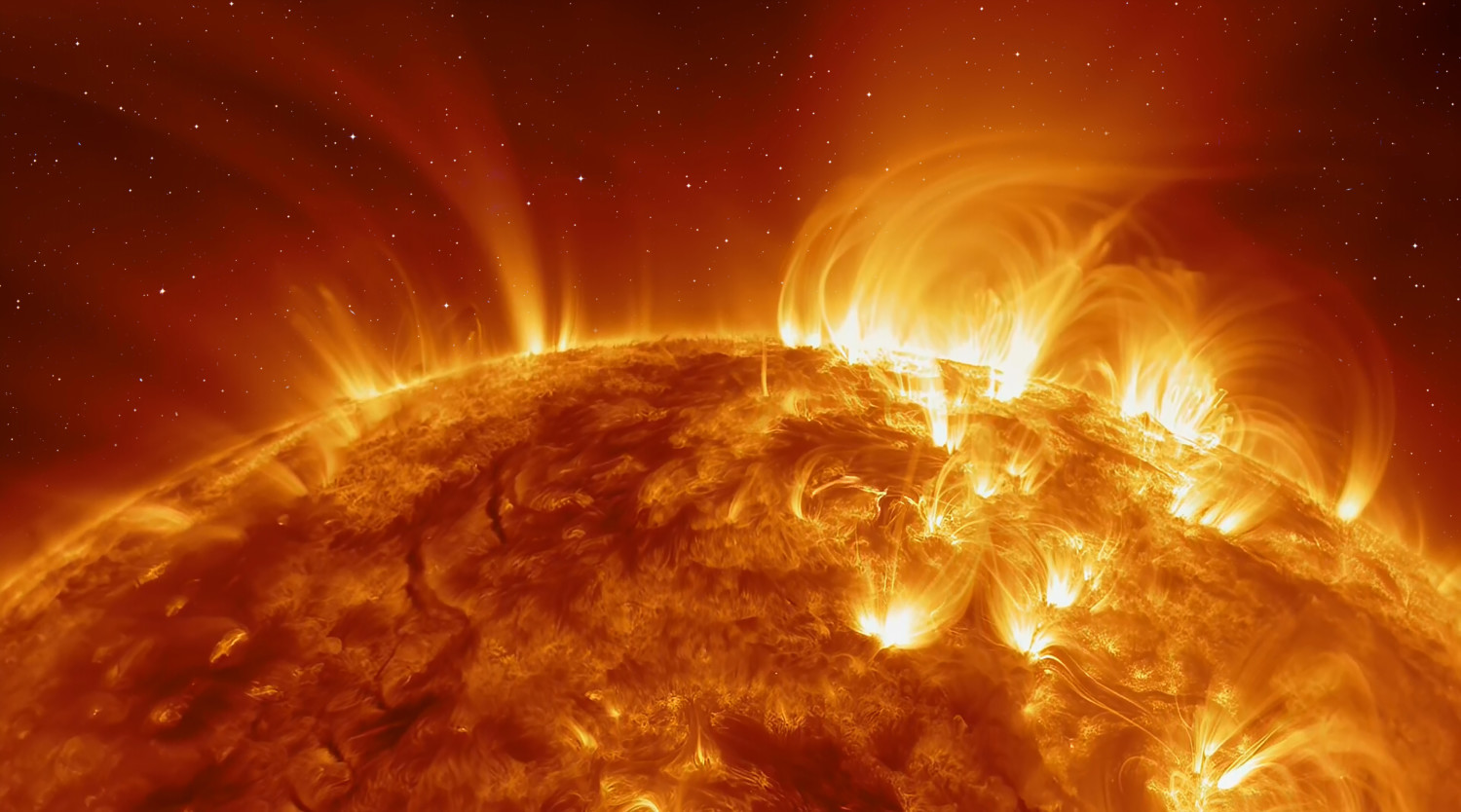The team of scientists at NASA continues to keep their eyes on the skies for interesting sights and new discoveries. From its work with the WEBB telescope to a newly created team to study UFOs, NASA regularly digs deeper into the science and unknown phenomena of space.
Once in a while, we get a glimpse into NASA’s work with some amazing photos. Recently, the scientists shared a photo they captured of the sun that looked like it was smiling for the camera.
“Say cheese!” tweeted the official NASA Sun Team with a stunning image of the center of our solar system flashing a toothless grin.
Say cheese!
Today, NASA’s Solar Dynamics Observatory caught the Sun "smiling." Seen in ultraviolet light, these dark patches on the Sun are known as coronal holes and are regions where fast solar wind gushes out into space. pic.twitter.com/hVRXaN7Z31
— NASA Sun, Space & Scream
(@NASASun) October 26, 2022
Astronomer and UC Professor Dr. Brian Keating noted the timing of the photo release and how the sun bore a striking resemblance to a Halloween jack-o-lantern.
“On Halloween Eve, @NASA captures a Giant Space Pumpkin,” he tweeted.
According to NASA’s description, the dark patches on the sun are called coronal holes, which are common occurrences on the solar surface. The dark holes represent cooler areas that have less density than the rest of the sun. They also have open magnetic fields, which allow “fast solar winds to gush out into space,” per NASA’s tweet.
But how does that happen?
The Science Behind The Sun’s Smile
Of course, cooler temperatures are relative when it comes to the sun. On average, the sun reaches up to 27 million degrees Fahrenheit at its core. That energy builds up and pushes outward, where “it emits heat, charged particles, and light.” The particles’ difference in charge and density create solar winds, which can range from 500 to 800 kilometers (approximately 311 to 497 miles) per second!

According to the Space Weather Prediction Center of the National Oceanic and Atmospheric Administration, these coronal holes and their associated solar winds can last through several solar rotations, which occur even 27 days.)
Although these winds sound violent, NASA reported no major issues or geomagnetic storms connected with the smiling sun’s coronal holes. In another incredible post on the NASA Sun team’s Twitter account, viewers can watch a video of the sun rotating and see the smile spin into view for the camera.
Happy #SunDay! In the past week of space weather, there have been 3 solar flares, 23 coronal mass ejections, and no geomagnetic storms. The video below is from NASA’s Solar Dynamic Observatory, showing a smiling Sun near the end. pic.twitter.com/YVpM2vK0On
— NASA Sun, Space & Scream
(@NASASun) October 30, 2022
Talk about an out-of-this-world grin! Who says science isn’t fun?
This story originally appeared on Simplemost. Checkout Simplemost for additional stories.



